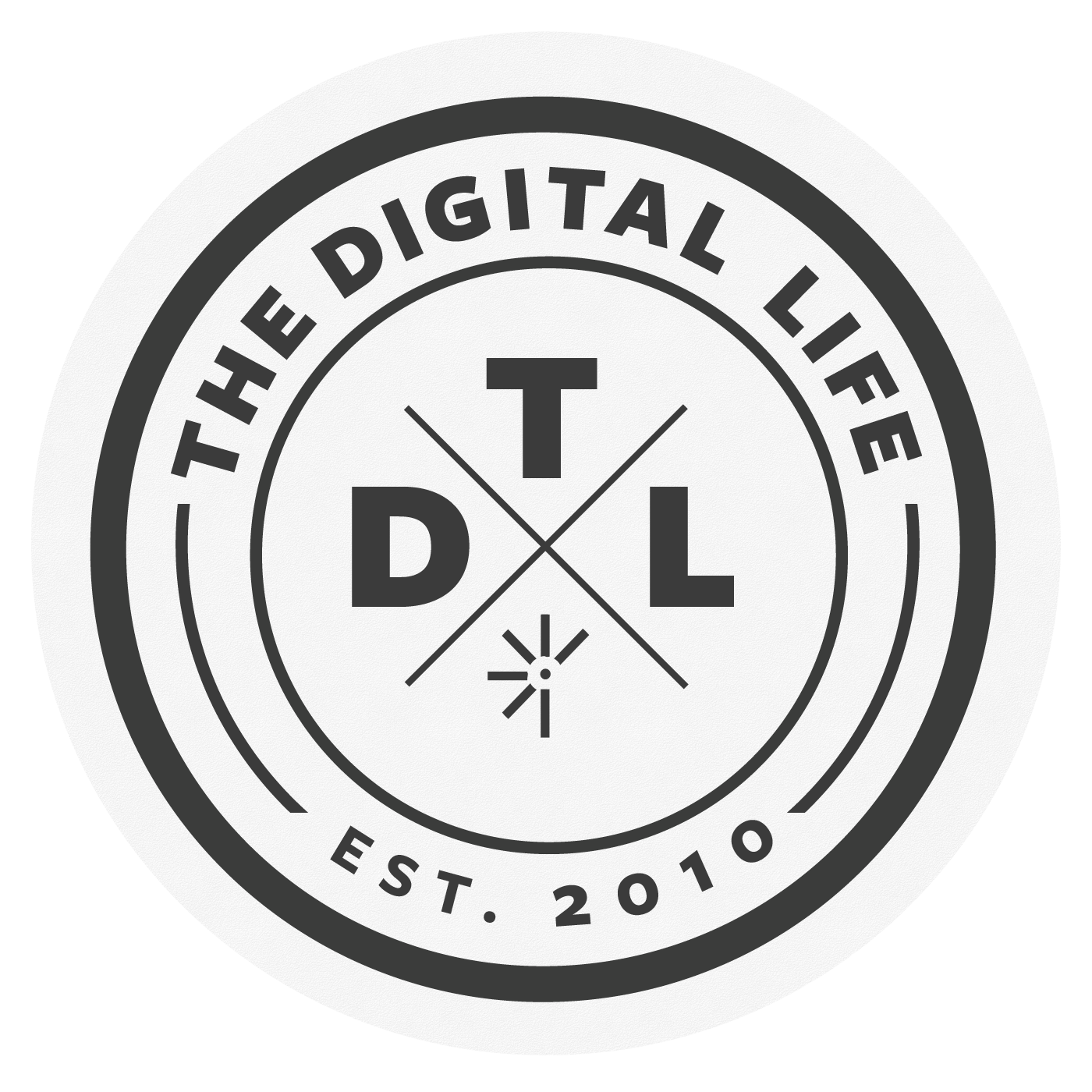Episode Summary
The age of bio-inspired technology is upon us. Whether it's DNA as data storage, transparent displays based on mollusk shells, or surveillance robots modeled after swarming bees, the possibilities abound for natural systems to serve as patterns for the products of the future. In this episode of The Digital Life, we consider the evolution of the designer as technologist and engineer in conjunction with the ever expanding importance of bio-inspired technologies.
Here are a few quotes from this week's discussion.
Jon on the evolution of the design field:
When I see the evolution of the design field broadly, I feel like there’s a lot of opportunities that have not yet even been identified in terms of roles to play within organizations. From my perspective I do think that you’re correct about assuming that the engineering and technology part of it are going to play an extremely important part. I also think there’s going to be a lot of hybrid roles that we’re going to see come into being over the next decade or so. For example, I’m sure that in synthetic biology there’s going to be a whole realm of software that handles the manipulation of genes in the digital environment and models that prior to actual deployment on creating these artificial organisms. I just think this opens up a lot of other categories where design could play a role, but I think technology, as you said, will also be a dominant force there.
Dirk on the interfaceless experience of bio-inspired tech:
Nature is the best technology of all. The more that we can learn from it, the more advanced the things that we’ll be able to build to extend ourselves will be. The other thing, I think, for listeners of this show that might be particularly relevant is having data storage and DNA is part of what’s going to be an increasingly growing trend which is basically interfaceless experiences.
If we assume that those path of data storage storing within our own genes basically is optimal, there’s no place for user experience in there. There will need to be a user interface, of course, but at that level it will be a system level of here’s the physical interface between the being and the computing stuff that shoves the data in.
This is a whole category for which there is no need for UX, there is no need for UI, at least in the ways that we think about them and at least in the ways that employ a whole bunch of people currently.
